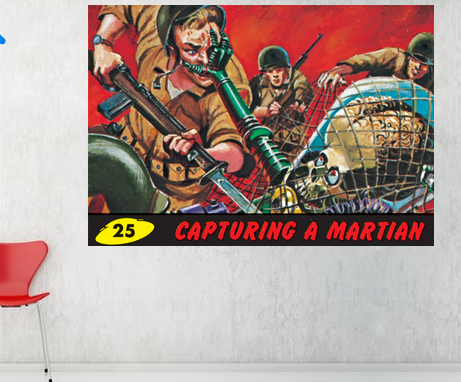Siberian Chicken Counting, Pre-Hatching
In July of 1580, the Russian Tsar, feeling his backyard wasn’t large enough, decided to conquer Siberia. At the time, the territory was largely populated by a number of loosely-connected tribes under the taxation of Küçüm Khan. To retaliate at the intrusion, the Khan decided to force Islamic rule upon his people, and raised armies of Tartars to beat back the invasion.
![[From Wikipedia] Laminar armour from hardened leather enforced by wood and bones worn by native siberians and Eskimo [From Wikipedia] Laminar armour from hardened leather enforced by wood and bones worn by native siberians and Eskimo](http://jrdskinner.files.wordpress.com/2010/12/450px-d0bad0bed0b6d0b0d0bdd18bd0b9_d0bfd0b0d0bdd186d0b8d180d18c.jpg)
The problem, however, was a fellow named Yermak. Nominally an explorer, he was much of the Spanish school of discovery which required any freshly encountered people to be hit with something heavy or sharp. His journeys went well, for him, and his expeditionary force of Cossacks and slaves quickly subdued everyone they happened upon.
The Tsar was quite pleased, and sent more men to help put down anyone who wasn’t fond of the new map. Everyone but the Khan was sure that Yermak had sealed Siberia’s fate, and it was just a matter of time before the last bits of resistance were stamped out. To reward the “explorer”, the Russian leader also gifted him a fine set of chain mail armour, an item that would make Yermak practically invincible to the weapons of the remaining Tartars.

It may have been the ease of his success, and the knowledge of his relative invincibility, that lead Yermak to folly.
From the wikipedia:
Küçüm Khan retreated into the steppes and over the next few years regrouped his forces. He suddenly attacked Yermak on August 6, 1584 in the dead of night and killed most of his army.
Now, to be fair, the army referenced in this snippet was just a portion of the total force that Yermak had spread over the Siberian countryside, and if he’d managed to survive the confrontation, he would have likely been able to rebound.
Unfortunately, for him, he did not.
Again, from the wikipedia
[…] Yermak was wounded and tried to escape by swimming across the Wagay river […] but drowned under the weight of his own chainmail.
 Did they simply run out of room to type professional? Is this a thing we are doing now*?
Did they simply run out of room to type professional? Is this a thing we are doing now*?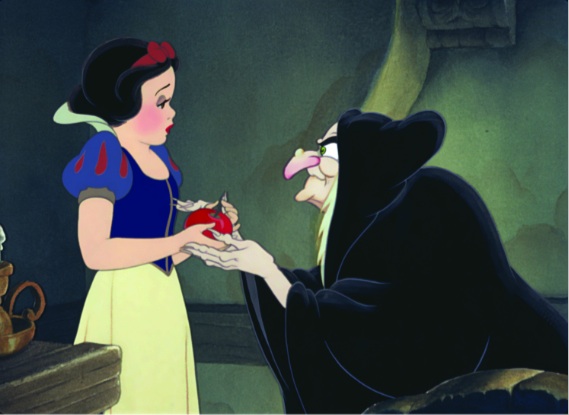
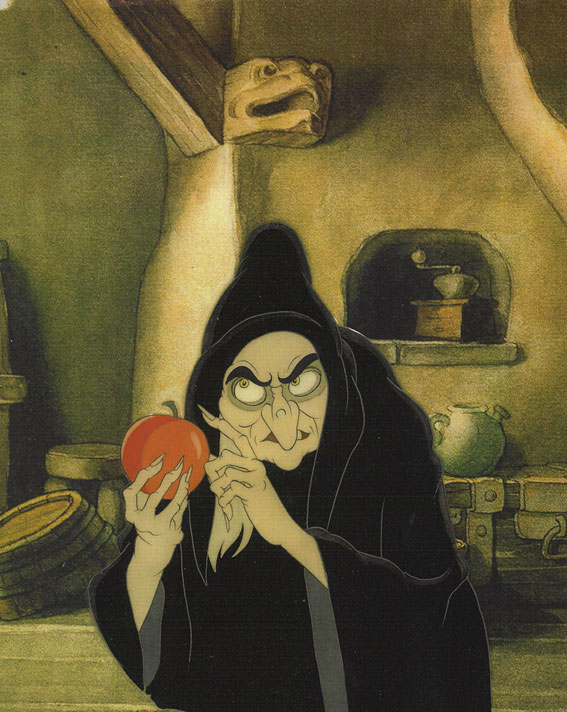

 This picture, originally found on
This picture, originally found on 

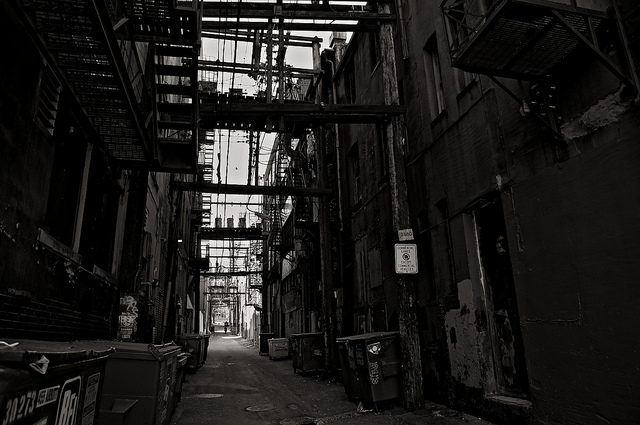
 Yet, these days, you don’t hear much about it. Maybe I’m just running with the wrong crowd, but it feels like sometime in the late-80s or early-90s, the on-the-street-casinos started to lose traction, at least in the popular consciousness.
Yet, these days, you don’t hear much about it. Maybe I’m just running with the wrong crowd, but it feels like sometime in the late-80s or early-90s, the on-the-street-casinos started to lose traction, at least in the popular consciousness.
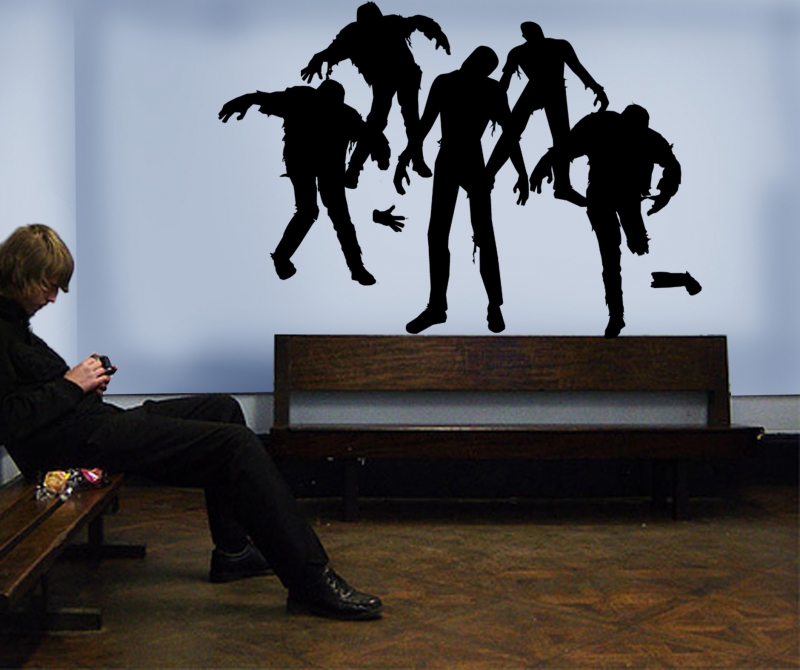 Our recent move has given me an opportunity to once again consider the manner of decoration in my office. I’m really liking the Zombie Attack vinyl decal pictured above, available via the
Our recent move has given me an opportunity to once again consider the manner of decoration in my office. I’m really liking the Zombie Attack vinyl decal pictured above, available via the 